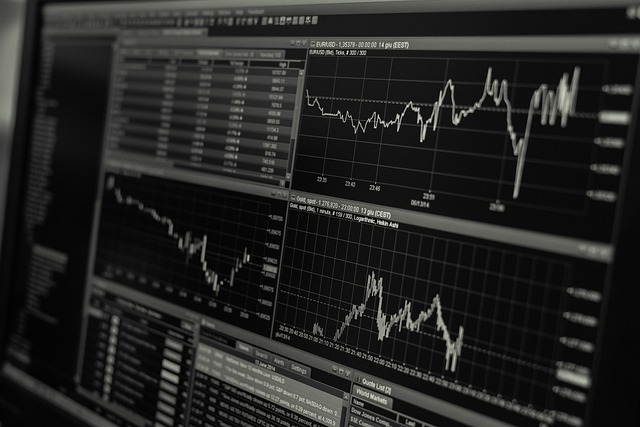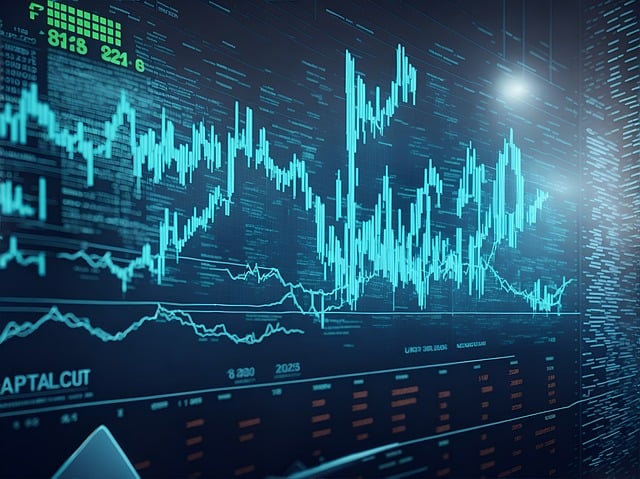The Evolution and Impact of Bot Trading in Financial Markets
In the rapidly changing landscape of modern finance, the advent of technology has transformed how trading is conducted, leading to the rise of bot trading. This article delves into what bot trading is, its historical context, methodologies, benefits and challenges, and its future in financial markets—providing insights based on both research and personal opinions.

What is Bot Trading?
Bot trading, commonly referred to as algorithmic trading or automated trading, involves using computer programs or algorithms to execute trades in financial markets. These bots analyze market data and make trading decisions at speeds and frequencies that surpass human capabilities. My belief is that this technology not only enhances efficiency but also reflects the growing synergy between finance and technology.
The Mechanisms Behind Bot Trading
At its core, bot trading relies on a variety of strategies and methodologies, leveraging advanced mathematical models and data analysis techniques. Here are some key mechanisms:
- Market Making: Bots can provide liquidity to markets by placing buy and sell orders simultaneously, profiting from the spread between the two.
- Arbitrage: Bots can exploit price discrepancies across different markets or exchanges, executing trades rapidly to lock in profits.
- Trend Following: Some bots are programmed to follow price trends, entering trades based on defined market movements.
- Machine Learning: Advanced bots utilize machine learning algorithms, enabling them to adapt and optimize trading strategies based on past market conditions.
A Brief History of Bot Trading
The roots of bot trading can be traced back to the early 1970s with the introduction of the first electronic trading systems. The rapid adoption of computers in finance during the 1980s accelerated this trend, leading to the development of complex algorithms designed for high-frequency trading (HFT). I find it fascinating how the blend of finance and technology has consistently pushed the boundaries of what's possible in trading.
Advantages of Bot Trading
The benefits of bot trading are manifold, ranging from increased efficiency to enhanced trading strategies. Here, I explore some of the most significant advantages:
1. Speed and Efficiency
Bots can execute trades in microseconds, far exceeding human reaction times. This speed allows traders to capitalize on fleeting opportunities in the market. Personally, I believe this aspect underscores the importance of technology in today’s trading environment, where every millisecond counts.
2. Emotion-Free Trading
Trading can often be influenced by emotional decisions—fear, greed, and anxiety can cloud judgment. Bot trading eliminates this factor, allowing for more disciplined and rational decision-making. I often think about how human emotions can sabotage well-thought-out strategies, making bots a novel solution to overcoming this age-old challenge in trading.
3. Backtesting Capabilities
Traders can test their strategies against historical data before deploying them in the market. This backtesting ability provides valuable insights and helps refine trading strategies. From my personal experience, having the opportunity to simulate strategies gives traders an edge and builds confidence before entering real trades.
Challenges and Risks in Bot Trading
Despite its numerous advantages, bot trading is not without its challenges and risks. Here, I outline some of the key concerns:
1. Technical Failures
Since bot trading relies heavily on technology, any malfunction or glitch can result in significant financial losses. I’ve seen instances where an unexpected bug led to unintended mass buy orders, cascading into major losses for traders. A prudent understanding of technology, thus, becomes vital.
2. Market Volatility
Bots can sometimes react in ways that exacerbate market volatility, particularly in a fast-moving environment. The infamous Flash Crash of 2010 exemplifies how algorithmic trading can lead to sudden and drastic market movements. In my opinion, greater regulatory measures are needed to safeguard against such systemic risks.
3. Dependency on Technology
Over-reliance on bots can diminish a trader’s ability to make manual decisions and analyze markets independently. Personal understanding and intuition still hold significant value in trading, and I caution traders to maintain a balanced approach in their strategies.
The Future of Bot Trading
As we look towards the horizon, the future of bot trading is poised for significant growth and evolution. Here are some trends I foresee shaping its landscape:
1. Integration of AI and Machine Learning
The incorporation of artificial intelligence and machine learning will enhance the development of more sophisticated trading bots that can learn from market patterns and adapt strategies accordingly. This evolution excites me, as it could lead to unprecedented efficiencies in trading.
2. Increasing Popularity Among Retail Traders
As technology becomes more accessible, it’s likely that retail traders will embrace bot trading more than ever before. With platforms providing user-friendly interfaces for bot development and management, the democratization of trading technology offers intriguing possibilities.
3. Regulatory Developments
Regulators are becoming increasingly aware of the impact of algorithmic trading on market stability. I predict that we will see more stringent regulations to manage risks associated with bot trading, which could shape how strategies are developed and implemented.

Conclusion
Bot trading represents a pivotal shift in financial markets, epitomizing the intersection of technology and trading. While it offers considerable advantages, it also introduces new challenges that traders must navigate. My belief is that as we embrace these technological advancements, we must also remain vigilant in understanding their implications and impacts. It's an exciting time to be involved in trading, where the future looks bright, yet careful scrutiny remains imperative.
In summary, bot trading stands as a testament to human ingenuity and the relentless pursuit of efficiency in trading practices. The blend of technology with finance continues to reshape not only how trades are executed but also how traders perceive the market landscape. As we look forward, the importance of maintaining a balanced view towards technology in trading will be crucial for success.